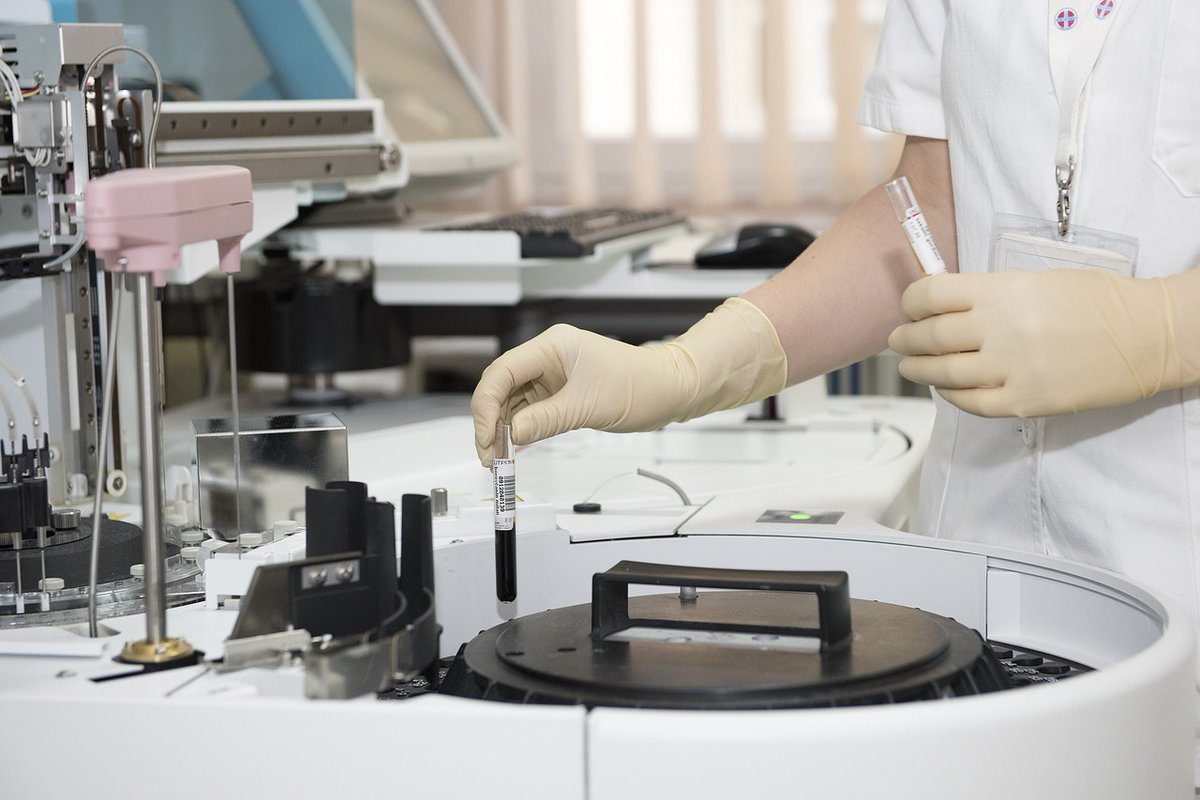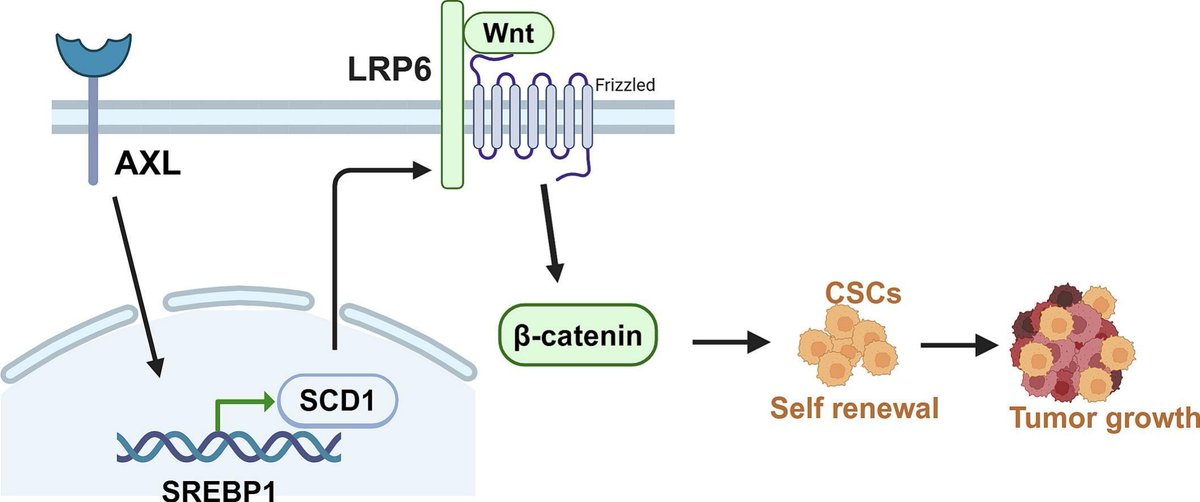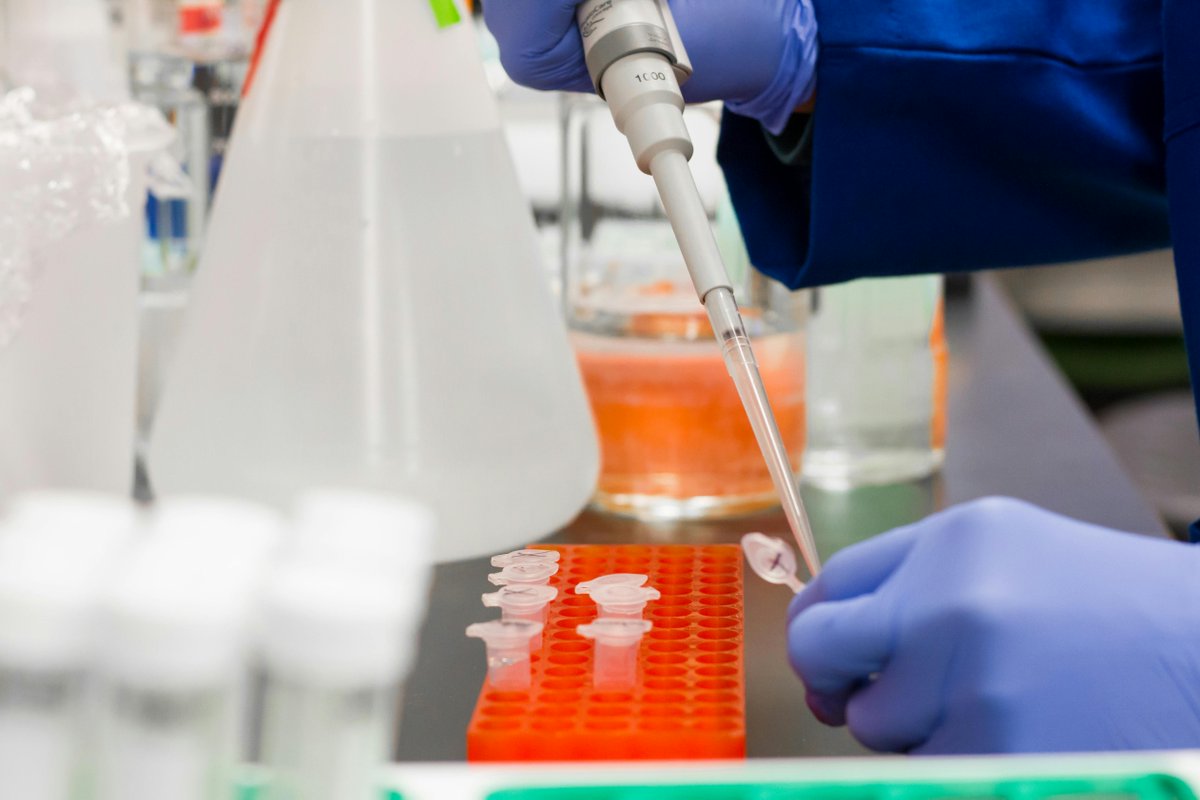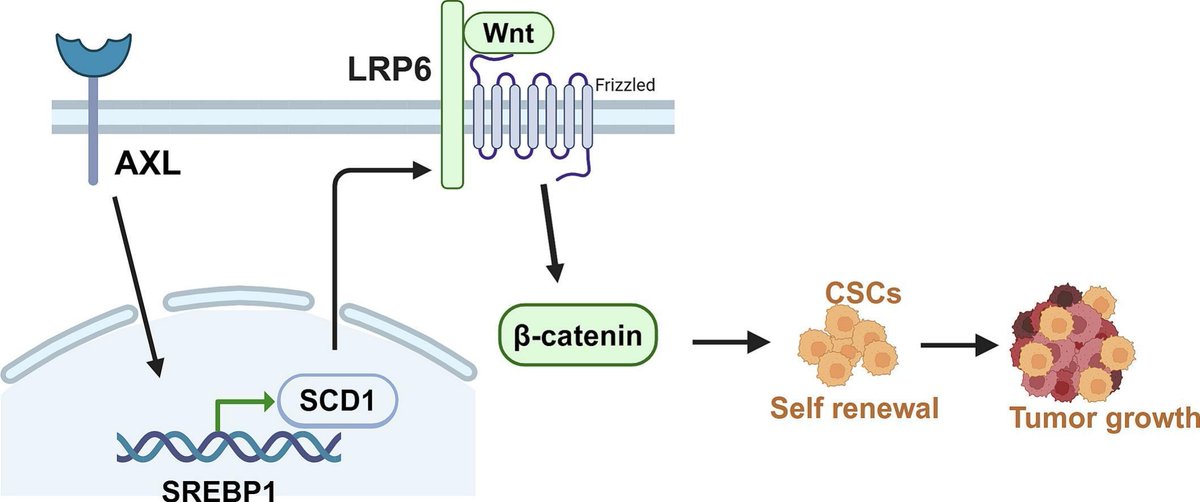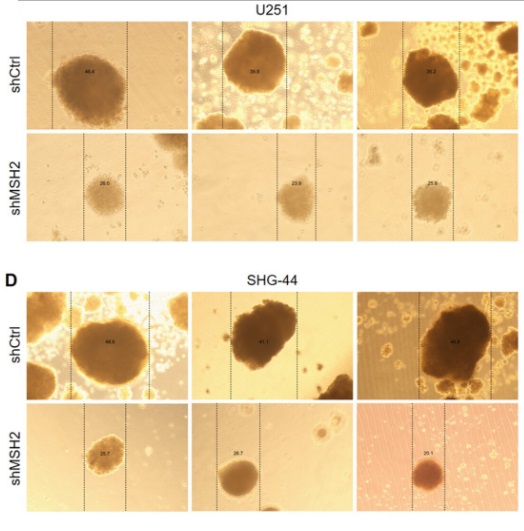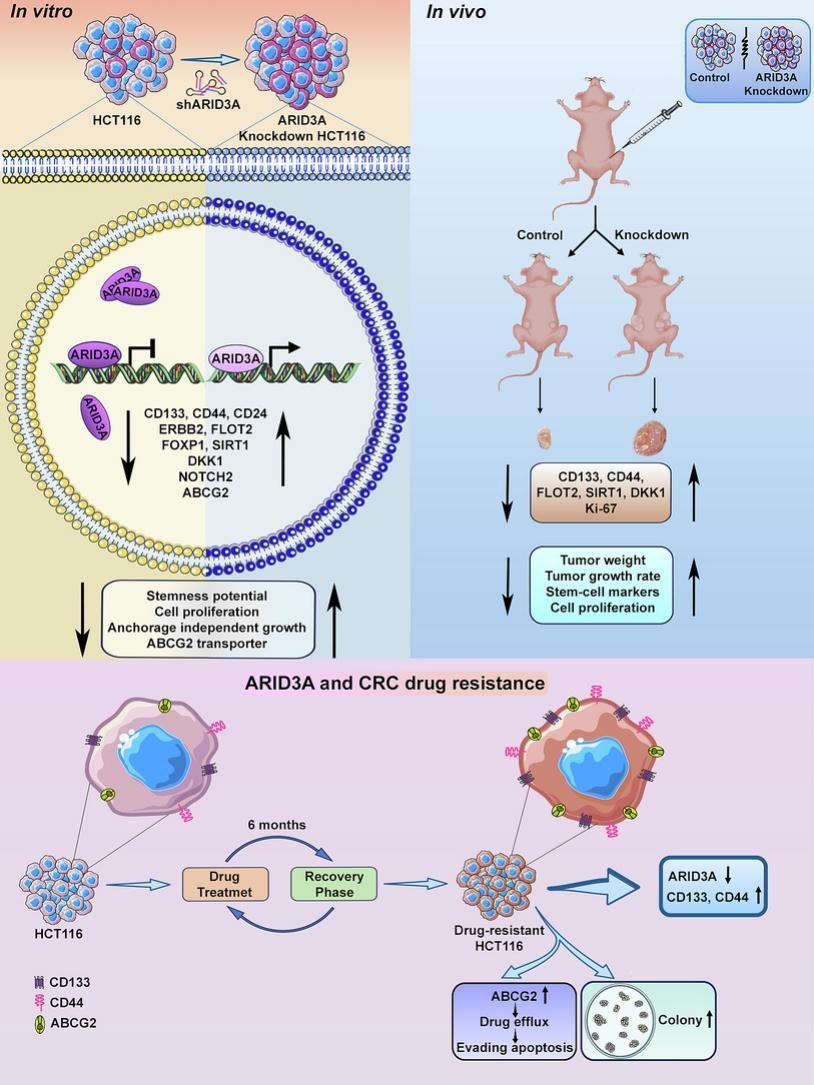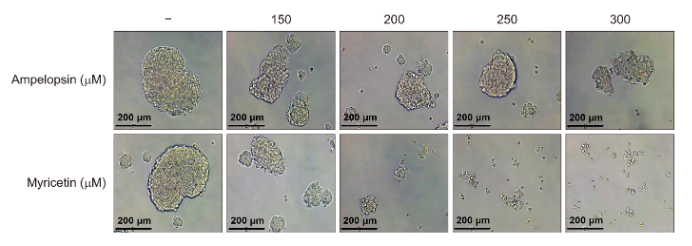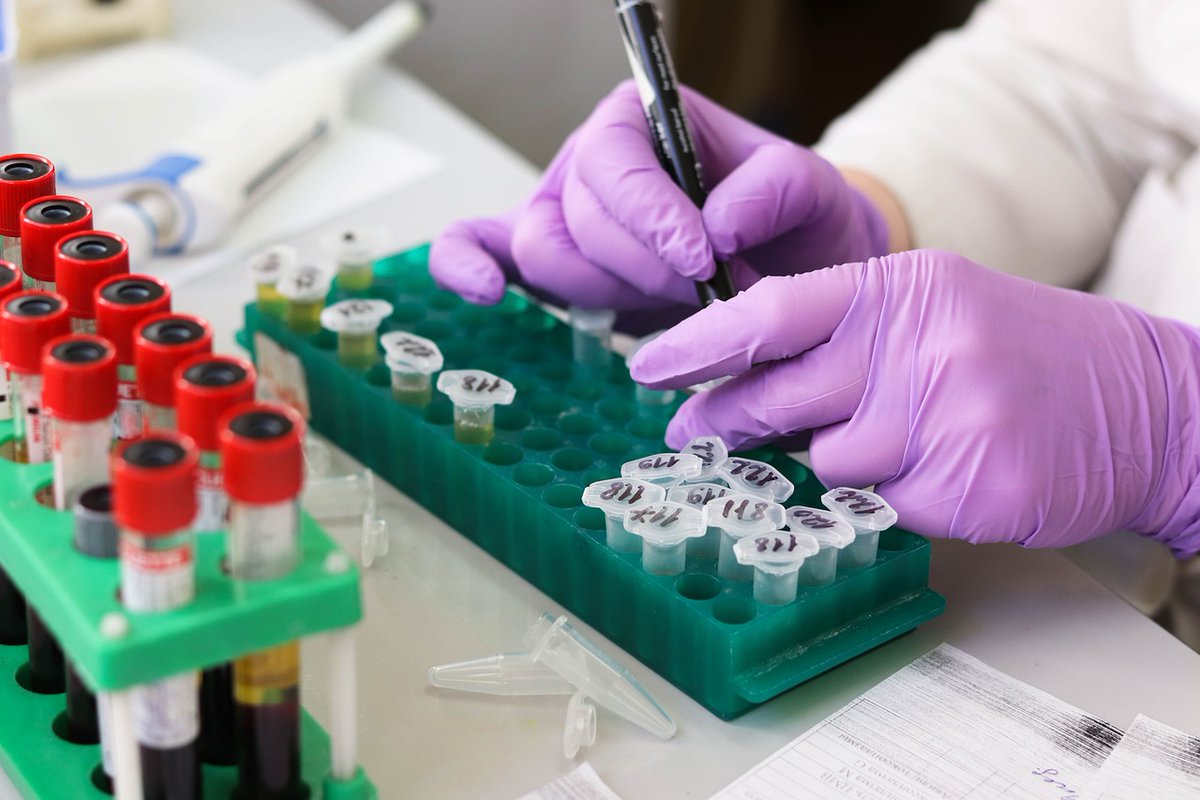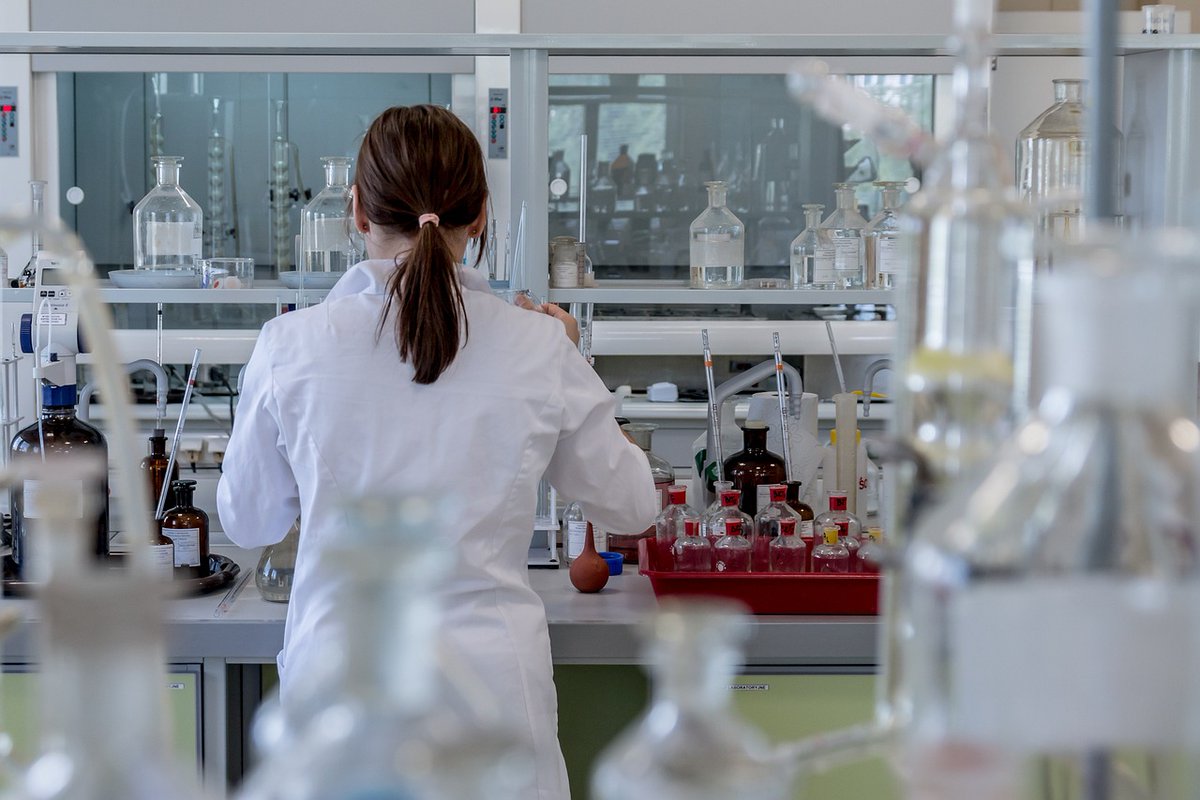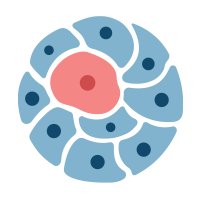
Cancer Stem Cell News
@cancerscnews
An online resource for the cancer stem cell and progenitor cell research community. Part of the @STEMCELLTech Science News service.
ID: 887136013
http://www.cancerstemcellnews.com/ 17-10-2012 16:24:43
10,10K Tweet
2,2K Followers
645 Following

🔬 Scientists explored the specific role of CEMIP in the malignant phenotypes and stemness of colorectal cancer cells. CEMIP restoration reversed METTL3 knockdown-driven alterations in cell phenotypes and stemness. Journal of Gastroenterology and Hepatology | bit.ly/40m3jGC
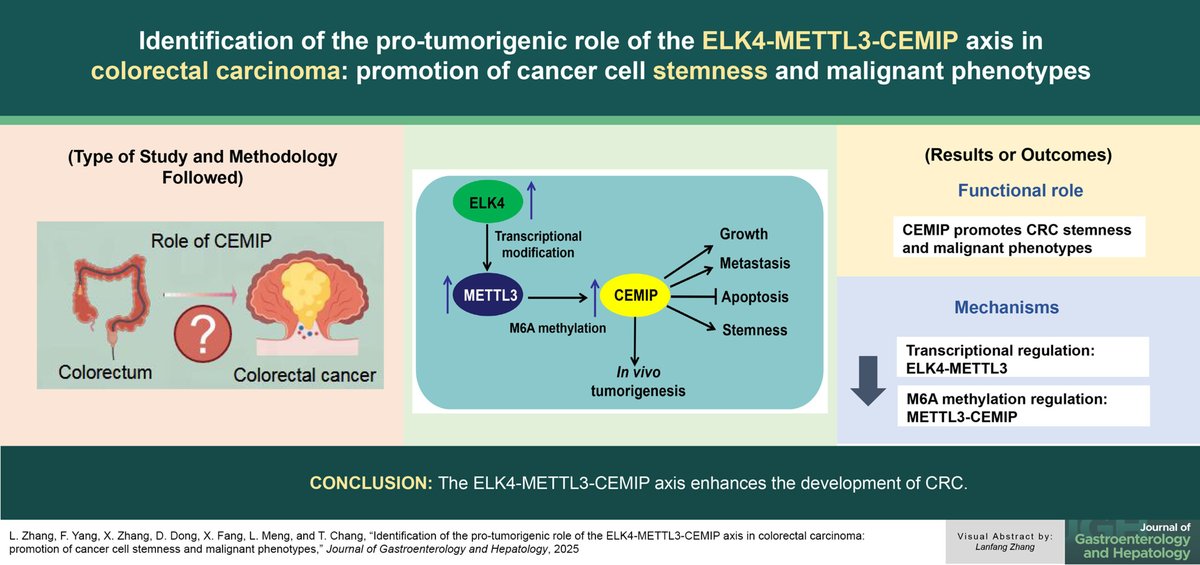


💊 Pharmacological targeting of interleukin-1, JAK–STAT and NF-κB, as well as genetic deletion of Nfkb inhibits Pten-induced cell plasticity and reprogramming in a cellular autonomous manner. Nature Cancer | go.nature.com/40iiIb2




🧫 Investigators performed an extensive in vitro and in vivo molecular and functional characterization, revealing the pivotal role of the lysine methyltransferase SMYD3 in colorectal cancer stem cell biology. Signal Transduction and Targeted Therapy(STTT) | go.nature.com/3TR2F0f



📢 New in Nature Cancer! A study led by Drs. Alejandro Sifrim and Cedric Blanpain shows that innate immunity and the NF-κB pathway control #ProstateStemCell plasticity, reprogramming, and tumor initiation. Learn more: go.nature.com/40iiIb2


Interested in #LipidMetabolism in cancer stem cells (CSCs)? 🤔 This #review from the lab of Dr. BuHyun Youn at Pusan National University underscores the emerging significance of lipid metabolism as both a hallmark and vulnerability of CSCs, offering opportunities for novel targeted cancer
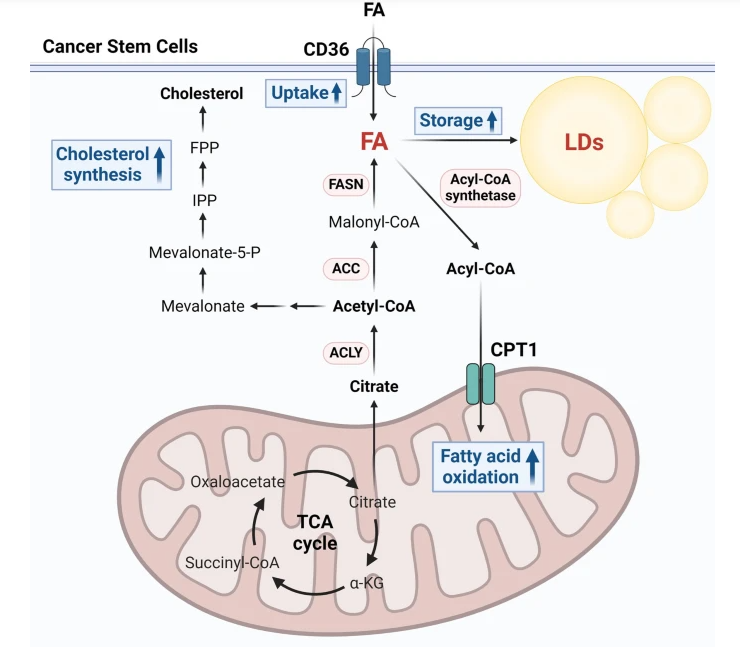





🧪 Researchers developed a targeted polymer prodrug nanoplatform capable of synergistically inhibiting cancer cell stemness by modulating intracellular metabolism and inhibiting protective autophagy. 👉 Journal of Nanobiotechnology | bit.ly/40X4hcN
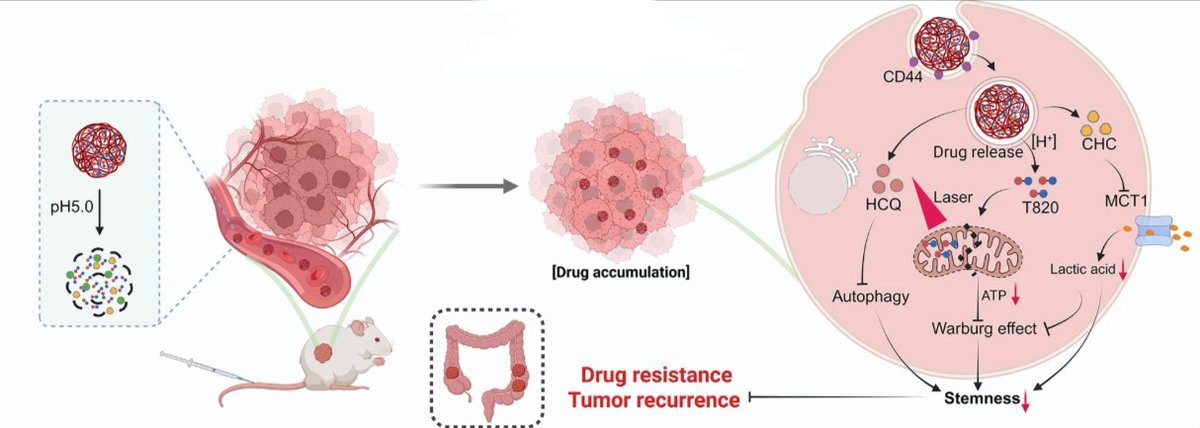

🩸 Dr. Snehal Shabrish and team at ACTREC-TMC suggest that cell-free chromatin particles circulating in the blood of cancer patients can transform susceptible somatic cells into cancer stem cells, with the potential to promote metastasis. Scientific Reports | go.nature.com/4kI2yz6


🔑 Scientists introduced a prodrug nanoplatform that overcomes key resistance mechanisms in head and neck cancer by coordinately targeting stemness and inducing dual apoptosis/ferroptosis. Journal of Nanobiotechnology | bit.ly/4m4LnZJ



🩸 Scientists demonstrate the critical role of DDIT4 in the stemness of AE9a leukemia cells and suggest that targeting DDIT4 may represent a promising therapeutic strategy for eliminating leukemic stem cells in AML1-ETO leukemia. 👉 Molecular Oncology | bit.ly/4lHvbO6
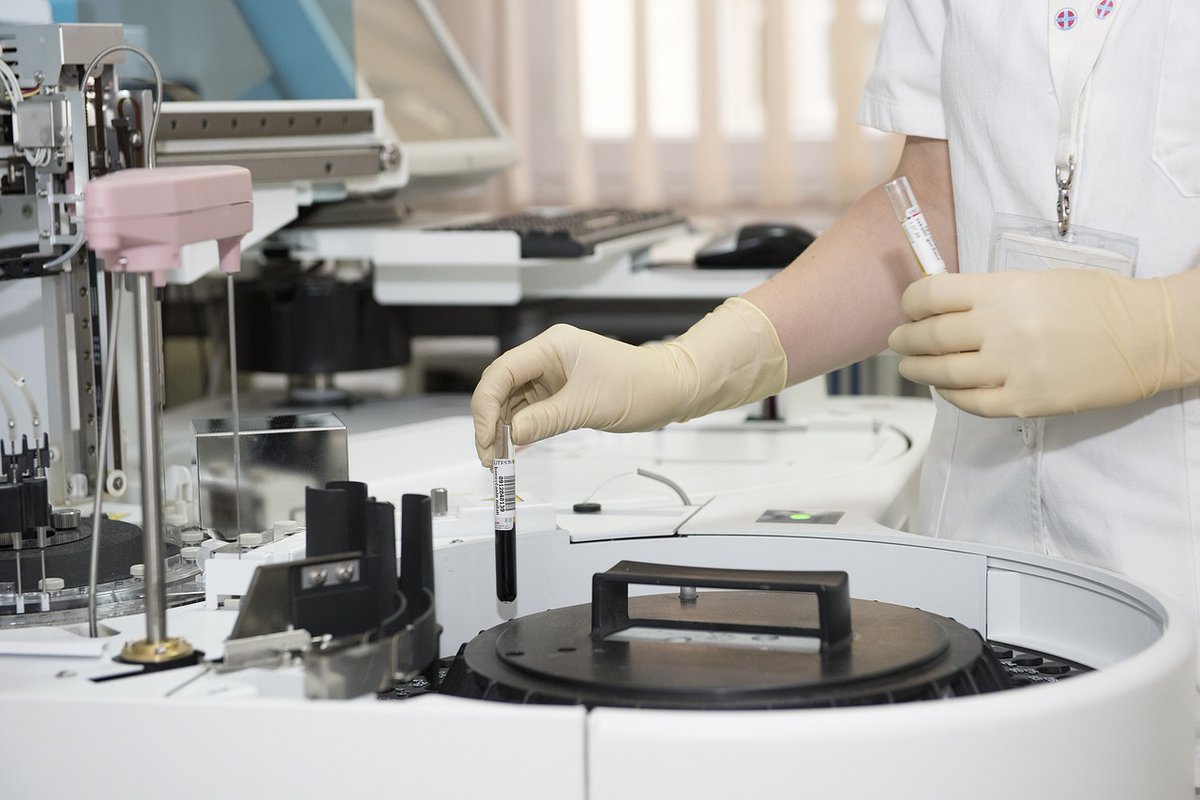

🔎 Researchers identified a novel role of SRPX mutations in acceleration to stemness and malignant progression, which could provide new targets in improving outcomes of glioma. British Journal of Cancer | go.nature.com/46rwA6U
